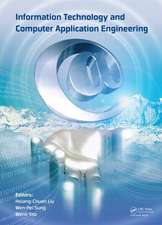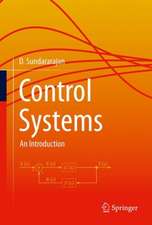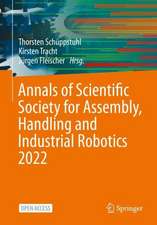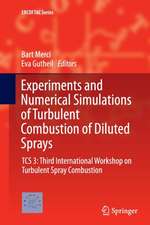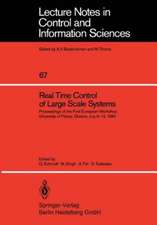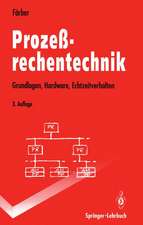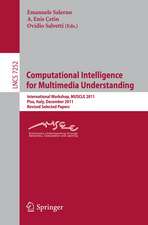Methods and Techniques for Fire Detection: Signal, Image and Video Processing Perspectives
Autor A. Enis Cetin, Bart Merci, Osman Günay, Behçet Ugur Töreyin, Steven Verstockten Limba Engleză Hardback – 29 ian 2016
This book will serve as a reference for signal processing and computer vision, focusing on fire detection and methods for volume sensors. Applications covered in this book can easily be adapted to other domains, such as multi-modal object recognition in other safety and security problems, with scientific importance for fire detection, as well as video surveillance.
Coverage includes:
- Camera Based Techniques
- Multi-modal/Multi-sensor fire analysis
- Pyro-electric Infrared Sensors for Flame Detection
- Large scale fire experiments
- Wildfire detection from moving aerial platforms
- The basics of signal, image and video processing based fire detection
- The latest fire detection methods and techniques using computer vision
- Non-conventional fire detectors: Fire detection using volumetric sensors
- Recent large-scale fire experiments and their results
- New and emerging technologies and areas for further research
Preț: 328.42 lei
Preț vechi: 356.98 lei
-8% Nou
Puncte Express: 493
Preț estimativ în valută:
62.84€ • 65.79$ • 51.100£
62.84€ • 65.79$ • 51.100£
Carte tipărită la comandă
Livrare economică 29 martie-12 aprilie
Preluare comenzi: 021 569.72.76
Specificații
ISBN-13: 9780128023990
ISBN-10: 0128023996
Pagini: 95
Dimensiuni: 152 x 229 x 13 mm
Greutate: 0.32 kg
Editura: ELSEVIER SCIENCE
ISBN-10: 0128023996
Pagini: 95
Dimensiuni: 152 x 229 x 13 mm
Greutate: 0.32 kg
Editura: ELSEVIER SCIENCE
Public țintă
Graduate students, researchers and industry engineers working on signal processing and computer vision- based techniques for detection in safety and security domainsCuprins
1. Introduction
2. Camera Based Techniques
3. Infrared Sensor Based Flame Detection
4. Multi-Sensor Fire Analysis
5. Conclusions
2. Camera Based Techniques
3. Infrared Sensor Based Flame Detection
4. Multi-Sensor Fire Analysis
5. Conclusions


